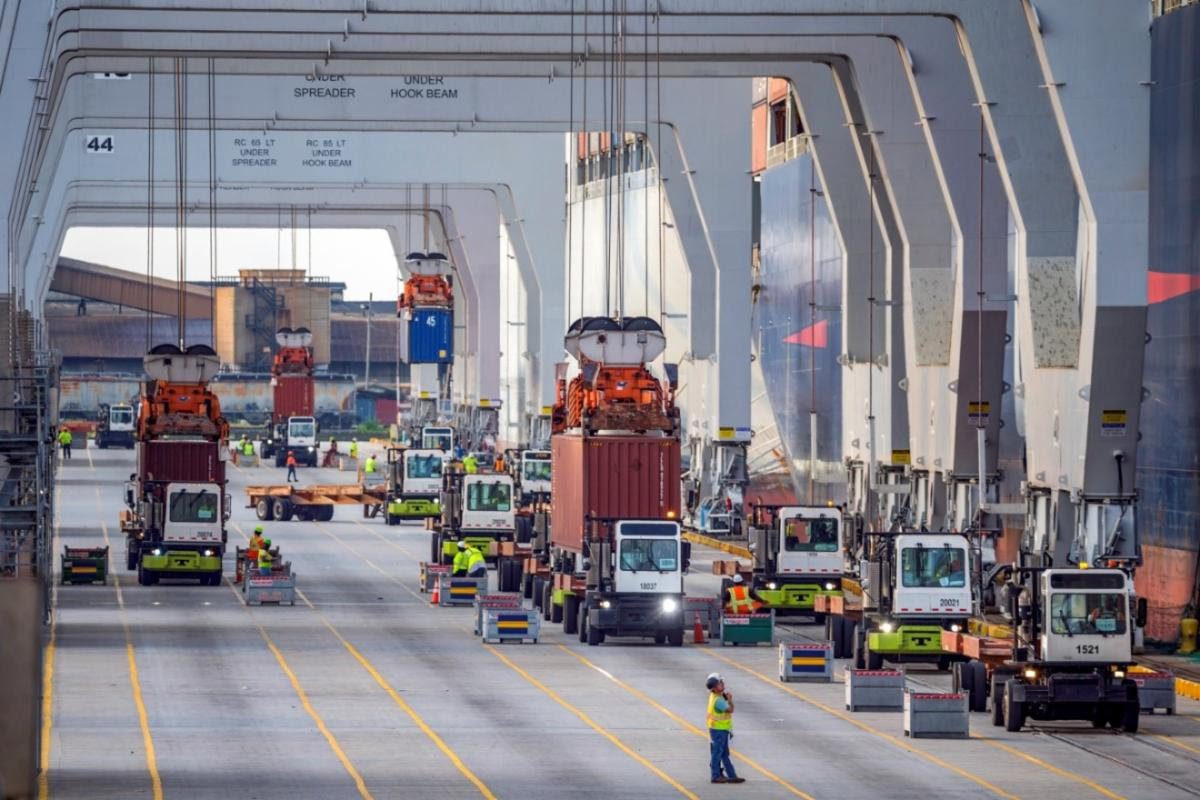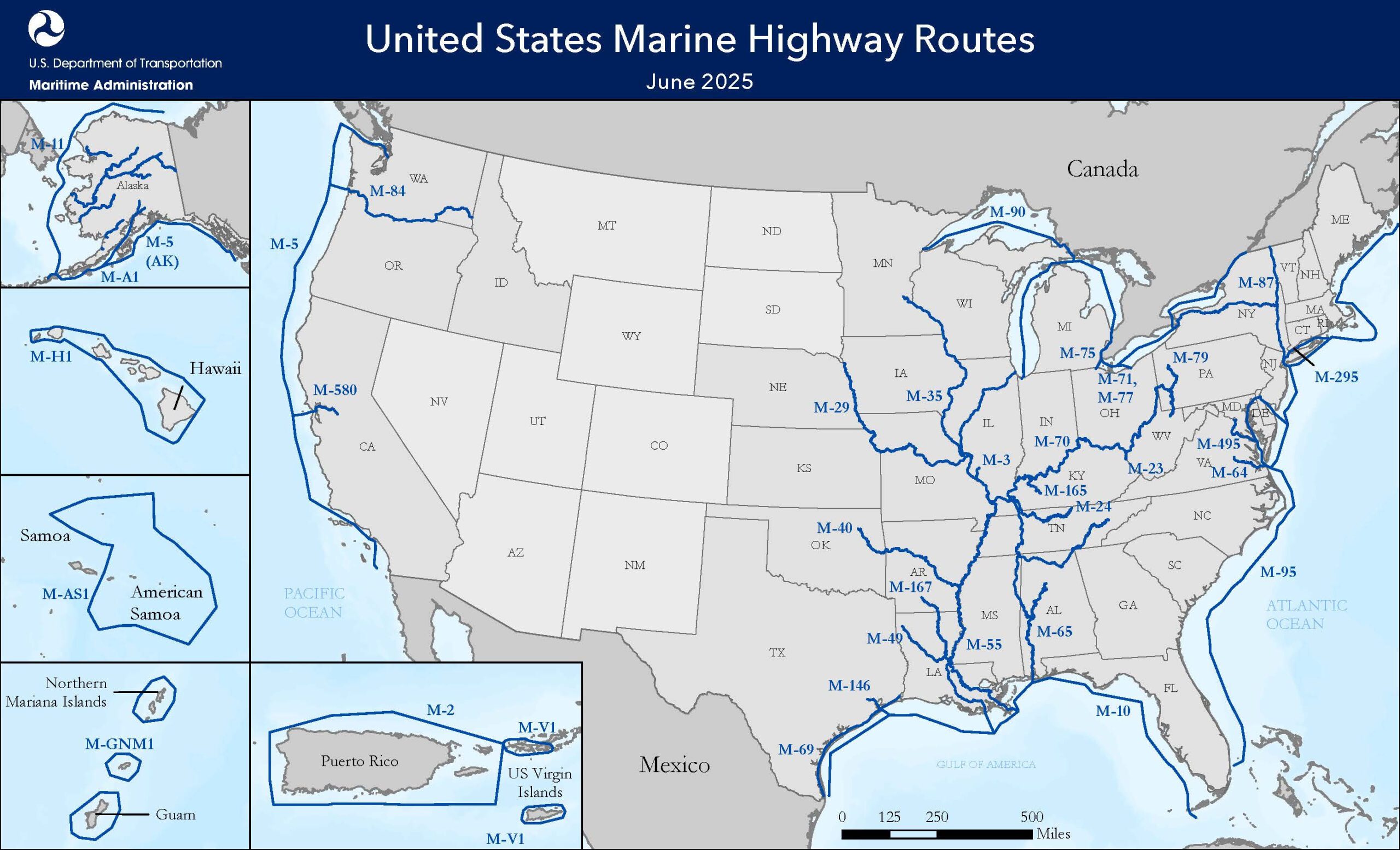The heady growth of U.S. imports that were a hallmark of the pandemic era has come to end.
A new Global Ports Tracker report released Friday by the National Retail Federation shows imports at the nation’s major container ports are expected to fall to their lowest level in nearly two years by the end of 2022, even as retail sales continue to grow.
U.S. ports covered by the tracker handled 2.26 million TEUs in August, the latest month for which final numbers are available. That was up 3.5% from July, but down 0.4% from August 2021.
The figures projected for the remainder of the year are not nearly as rosy. September imports are forecast to come in at 3% less than a year ago, followed by a 9.4% year over year drop in October, a 4.9% decline in November, and a 6.1% decline December.
“The growth in U.S. import volume has run out of steam, especially for cargo from Asia,” said Ben Hackett, founder of Hackett Associates which produces the Global Ports Tracker on behalf of the NRF.
It seems retailers are well-stocked thanks to retailers pre-planning for this upcoming holiday shopping season, which the NRF says got underway for some early this year. Imports in the first half of the year totaled 13.5 million TEUs, an astounding 5.5% increase compared to 2021’s record-setting pace. However, the forecast for the remainder of the year would bring the second half to 12.5 million TEUs, down 4% year over year over the period. Still, 2022 is expected to total 26 million TEUs, which would be up 0.7% from last year’s annual record of 25.8 million TEUs.
“The holiday season has already started for some shoppers and, thanks to pre-planning, retailers have plenty of merchandise on hand to meet demand,” NRF Vice President for Supply Chain and Customs Policy Jonathan Gold said. “Many retailers brought in merchandise early this year to beat rising inflation and ongoing supply chain disruption issues. Despite the lower volumes, retailers are still experiencing challenges along the supply chain, including U.S. ports and intermodal rail yards.”
While imports are expected to bounce back briefly in January 2023, which is forecast at 2.06 million TEU, that would still be down 4.9% from January 2022. February is forecast at 1.8 million TEU, down 15% year from last year as the month returns to its usual slowdown because of Lunar New Year factory shutdowns each year in Asia. Numbers remained high despite the holiday last year because of backed-up cargo that kept congested ports busy during the month.
“Recent cuts in carriers’ shipping capacity reflect falling demand for merchandise from well-stocked retailers even as consumers continue to spend,” said Ben Hackett. “Meanwhile, the closure of factories during China’s October Golden Week holiday along with the Chinese government’s continuing ‘Zero Covid’ policy have impacted production, reducing demand for shipping capacity from that side of the Pacific as well.”

 Join The Club
Join The Club











